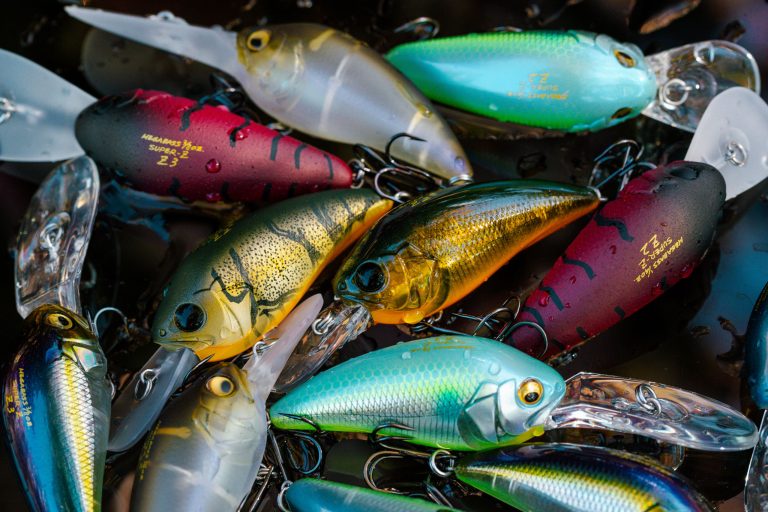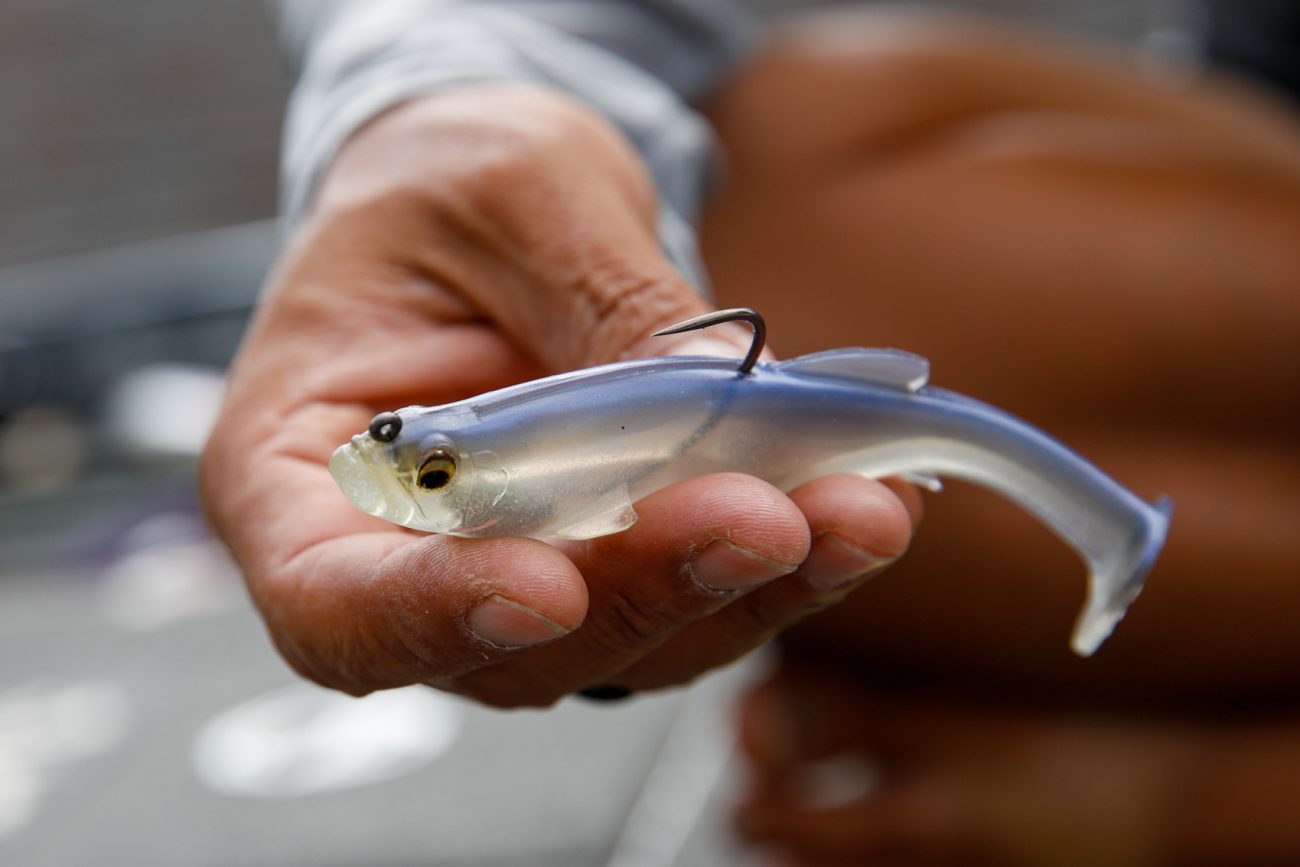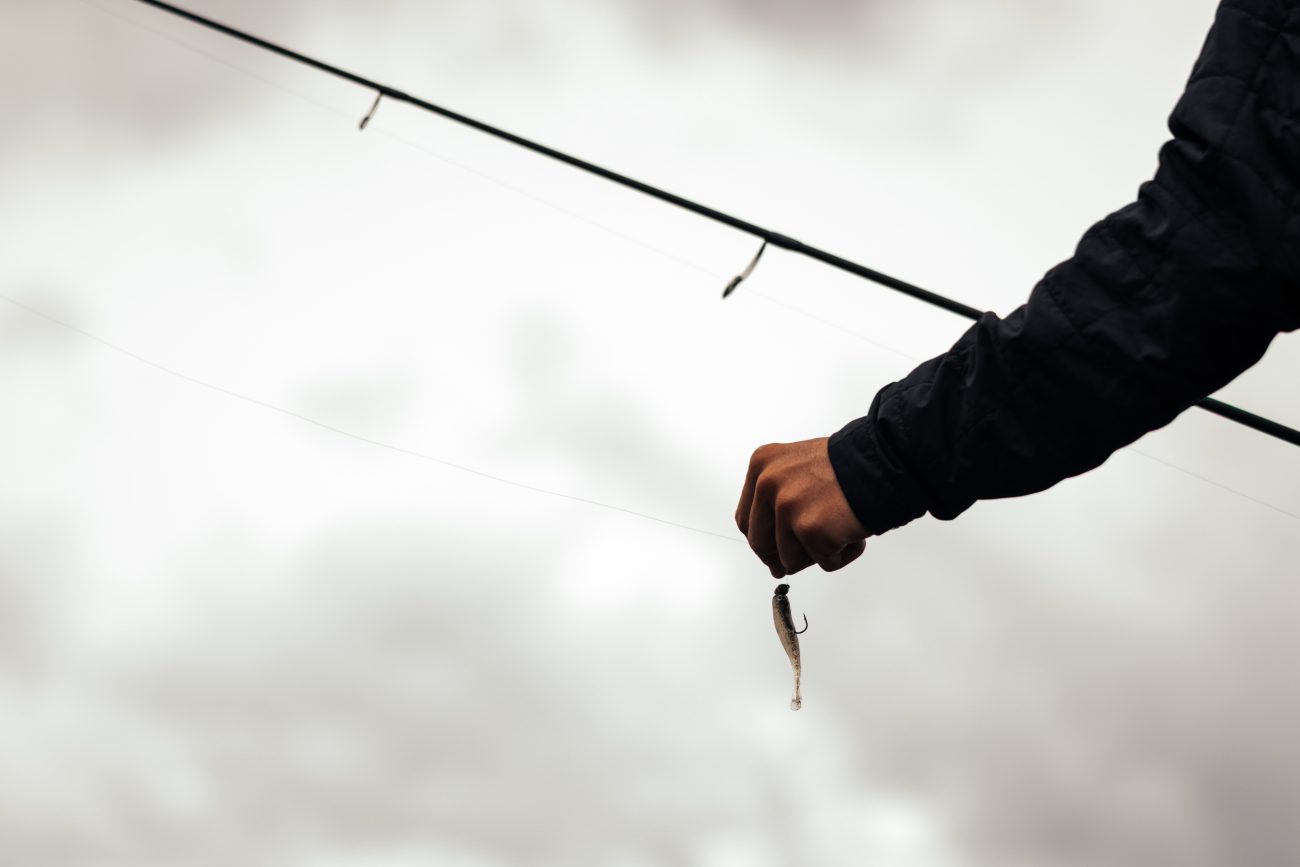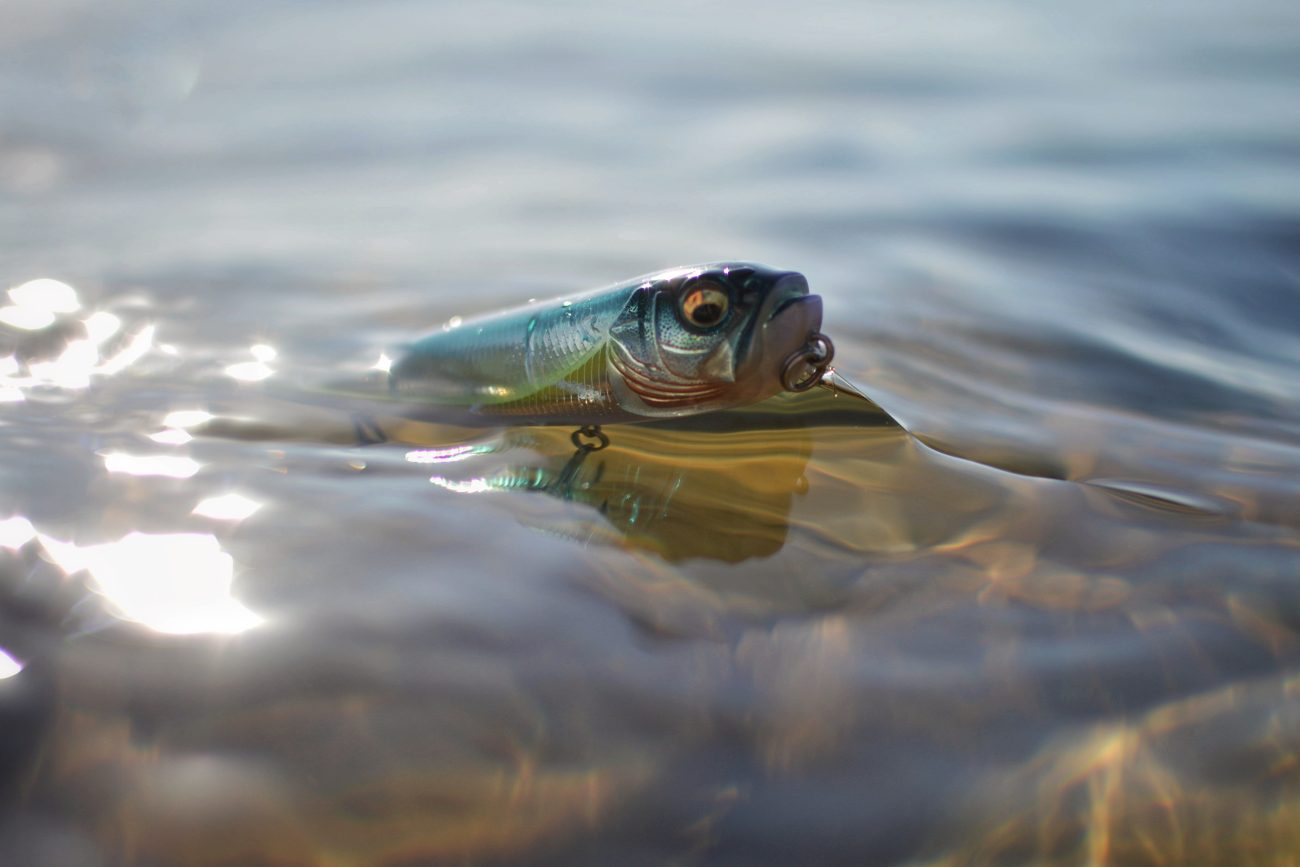When September bass fishing rolls around, one of the most consistent patterns is targeting shallow water cover. Bass are ambush predators, and they often relate to visible structure like laydowns, grass edges, and docks. But the key to catching more fish isn’t just throwing at the cover—it’s understanding how to approach it with the right casting angles.
Whether you’re a beginner or a seasoned angler, mastering casting accuracy and boat positioning can make or break your shallow water success.
Step One: Become a Better Caster
Before diving into angles and approach, the number one thing you can do to catch more bass is to improve your casting accuracy. Period.
If you can consistently hit a tight target—under a dock, beside a stump, into a shady pocket—you’ll get more bites. In fact, I could take someone who’s never caught a bass, spend a day teaching them to cast accurately, and they’d be catching fish on their own the very next trip.
Step Two: Learn the Importance of Casting Angles
Once you’re confident in your accuracy, it’s time to understand how casting angles influence your presentation and trigger more bites. The way your bait approaches cover—whether from with the current, against it, or crosswise—can completely change how fish react.
A good rule of thumb is to start by:
-
Casting with the current (if present)
-
Bringing the bait from sunlight into shade
-
Making repeated casts from the same angle
These subtle details often make the difference between getting looked at and getting bit.
Boat Positioning: Control the Drift
Proper boat positioning is critical to maintaining effective casting angles. Wind, current, and trolling motor movement all affect how your boat drifts. If you’re not careful, you’ll either get too close to the target—or drift too far to make an effective cast.
Keep your momentum in check. Use the wind or current to your advantage by positioning your boat so you can:
-
Cast with the current or wind
-
Stay off the cover while maintaining control
-
Make long, accurate presentations without spooking fish
Shade vs. Sun: Where Bass Position
In most situations, bass prefer the shady side of cover. Shade provides concealment, cooler water, and prime ambush positioning. However, if the water is cold or early in the morning, don’t overlook the sunny side. Bass may move toward warmth in cooler conditions.
Read the Cover: Vertical, Horizontal & Thick Spots
Not all cover is created equal. Before you make your cast, take a moment to read the water:
-
Is the cover horizontal (like laydowns or grass lines) or vertical (like dock pilings or standing timber)?
-
Which part is thicker?
-
Is one side deeper than the other?
Bass often hold in the thickest part of the cover, or in areas that give them the best ambush opportunity—like a shaded pocket or a stump on the edge of deeper water.
Fine-Tuning Your Presentation
Once you’ve determined the best angles:
-
Make multiple casts to the same spot before moving on. A sluggish bass may need to see it 2–3 times.
-
Vary your retrieve speed—try speeding it up or slowing it down on consecutive casts.
-
If you’re flipping or pitching, thoroughly dissect every inch of the cover.
Don’t Forget: Fish May Be Nearby, Not Right On the Cover
If you’ve fished a piece of cover thoroughly and haven’t gotten bit, don’t write it off. Bass often relate to cover without being directly in it—especially in clearer water or pressured lakes.
Try backing off a bit and fishing the perimeter, or even out into slightly deeper water adjacent to the target.
Final Thoughts: Stealth and Persistence Pay Off
The best anglers in the world excel at stealth, boat control, and casting precision. These aren’t flashy skills, but they’ll catch you more bass than the fanciest lure or rod setup.
So the next time you hit the water in early fall, focus on your casting angles, control your boat drift, and think like a bass. If you do that, you’ll start putting more fish in the boat—especially around shallow cover.







